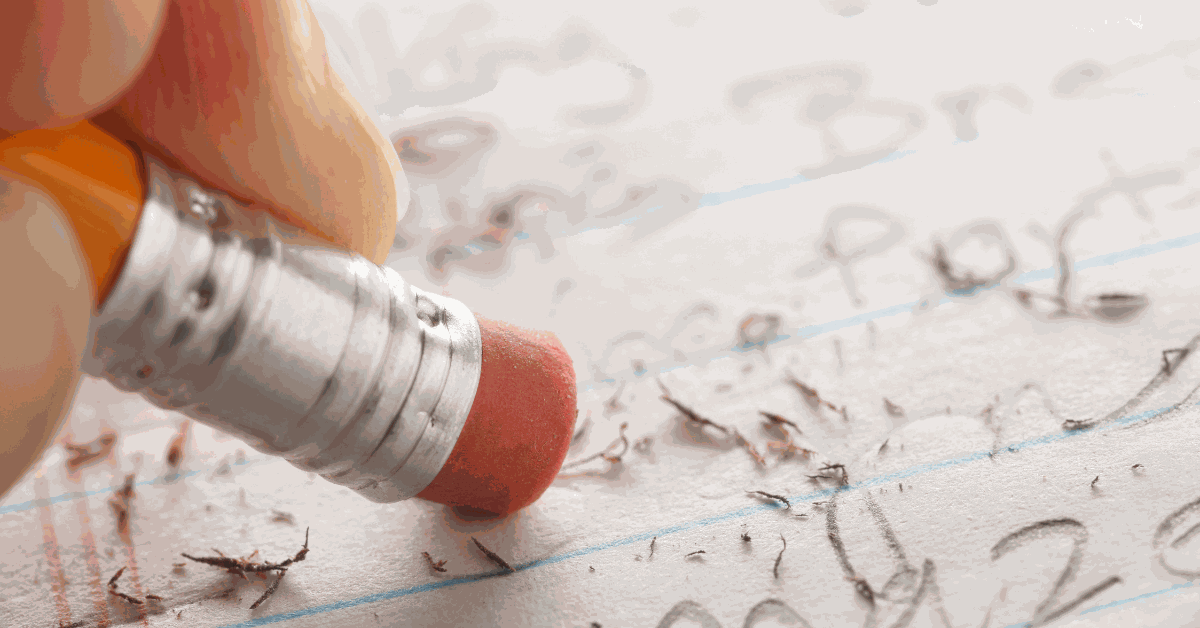At Courtroom Sciences, Inc. dozens of Ph.D.’s have been studying witness performance in over 25,000 cases since the 1980’s. Together through a creative synthesis of impressions and research-based analyses we have developed what we call the Cognitive Map that jurors use to problem-solve cases. Over a period of almost forty years, the Cognitive Map is still holding up, and doing so very well indeed.
It works like this: Jurors start out a case with a primary, initial question: Who are these guys? We are not talking about the judge, or the lawyers – we are talking about the litigants, the plaintiff(s) and defendant(s). The question, Who are these guys?, is not answered by determining the litigants’ reputations, credentials, work or education histories, performance or accomplishments – it is determined by a much more primitive and subjective assessment of character, persona, and demeanor – that is, nonverbal behavior.
Jurors evaluate witnesses not with logical but rather with psychological criteria such as likeability, trustworthiness, attractiveness and integrity. While some of these psychological assessments do utilize rationally-based evaluation standards – for example, trustworthiness may, in part, be inferred by perceived levels of consistency – they are, for the most part, determined instead by murky nonverbal foundational elements including facial expressions, eye contact, mannerisms, vocal intonation, and the like. In some ways, the most useful way to think about it is that jurors sniff the witnesses like dogs.
The second question in the Cognitive Map is: What are their duties and responsibilities? What is it that the litigants failed to do that they should have done? Or What is it that they did that they should not have done? Watch almost any trial and it becomes apparent that in cross-examination the interrogating attorney is attempting to foist more and more duties and responsibilities onto the adverse witness. Duties and responsibilities are the liability tripwires of the case.
The answers jurors generate in response to these first two questions tilt the playing field for the entire trial. Very few, if any, of the judgments of subsequent case issues, evidence, themes, and arguments escape coloration from these two initial dispositions about the key players in the case. Once the answers become set in jurors’ minds, they become entrenched as though guarded by a drawbridge on a medieval castle — once the drawbridge goes up, it is virtually impossible to get inside.
By now the alert reader will have ascertained that in litigation, a race is set in motion to establish a strategical position in a subjective, foggy battleground covering the hearts and minds of jurors, where the key players are not the lawyers, but the litigants. (The term “litigation” is used instead of “the courtroom” as these same witness dynamics can and do affect the outcome of settlements, mediations and the like, often through deposition performance. In fact, the outcomes of pivotal depositions can fluctuate in response to the same dynamics and profoundly alter the market value of the case, especially when videotaped.). But rather than a “nervous hoping” that a witness will perform as anticipated once he/she is released into the battleground, there are far better options for tactical measures in your case.
As we have just stated, the very first assessments by jurors regulating the perceptions of the case rest on nonverbal behavior, and while attorneys have some basic understanding of these psychological forces, an experienced psychologist is far better equipped to diagnose their effects, ameliorate those which are harmful, and potentiate the ones that connect favorably with the jury. As early as the 60’s and 70’s, psychologists have identified the magnitude of the impact regulated by nonverbal behavior as comprising 70-90% of the effectively communicated message. In other words, the adage “It’s not what you say but how you say it” can often be an understatement in the extreme.
Lastly, a psychologist is in a better position to assess the psychological make-up of a potential witness and fine-tune the training approach into a procedure that is optimally formulated to have a lasting beneficial influence. Witnesses may have their own emotional baggage and may literally need some form of psychotherapy themselves. Here it is vital to keep in mind a fundamental aspect of jury psychology that implicates the witness when there is visible distress: Jurors do not say, for example, “Boy, if I were up there on the witness stand I would be nervous too!” Instead they say, “He is nervous – what is he hiding?” It’s frustrating but true – jittery behavior inures to the detriment of the witness, almost entirely regardless of extenuating circumstances.
The amount of reliable research linking perceived relaxation in a communicator to inferences of authority, power, credibility, and even likeability is sufficiently enormous as to relegate its status to the realm of common sense. But how do you get your witness to that point? Witnesses can carry all sorts of emotional complications into the case, sometimes even in the form of distrust of the legal team itself. Think of the nurse accused of medical malpractice, the engineer accused of stealing trade secrets, the heavy equipment operator who ran over a co-worker – the dimensions of the emotional underpinnings in a case can be staggering. There are often hidden land mines in a case that can make hiring a psychologist advantageous to the entire trial team, not to mention the benefits to the client’s case.
Courtroom Sciences can conduct witness effectiveness training in-person and virtually. Contact us to learn more.

Be confident in achieving superior litigation outcomes. CSI has the expertise, track record, and capabilities to help you win.



